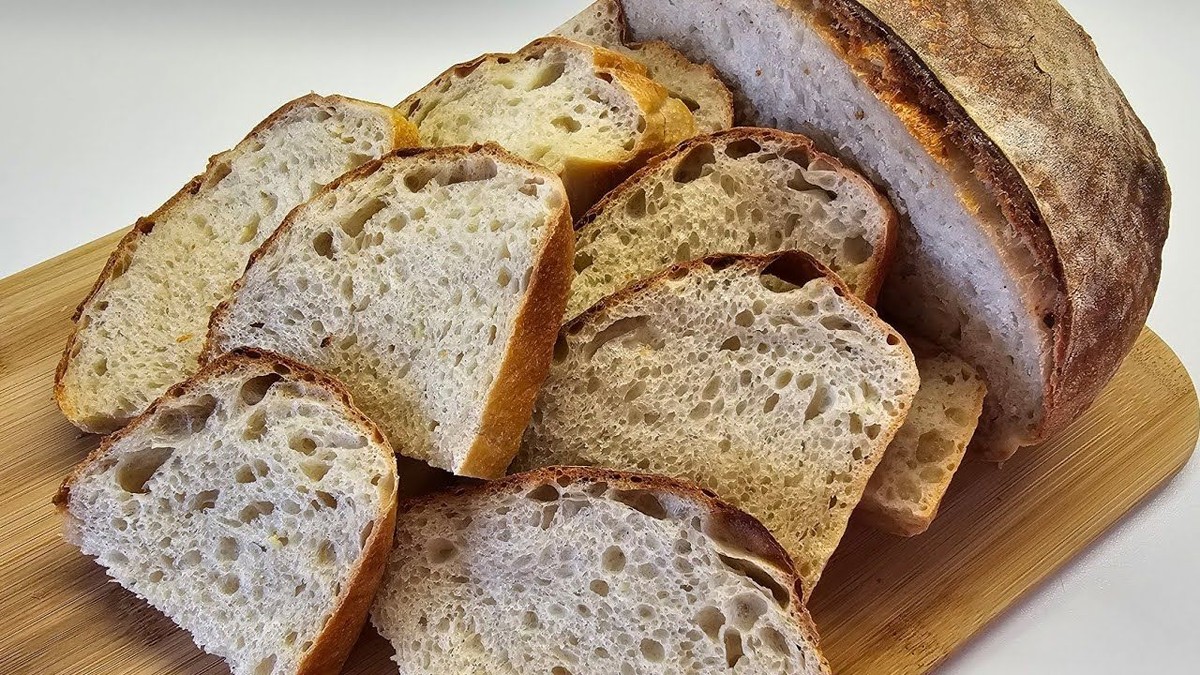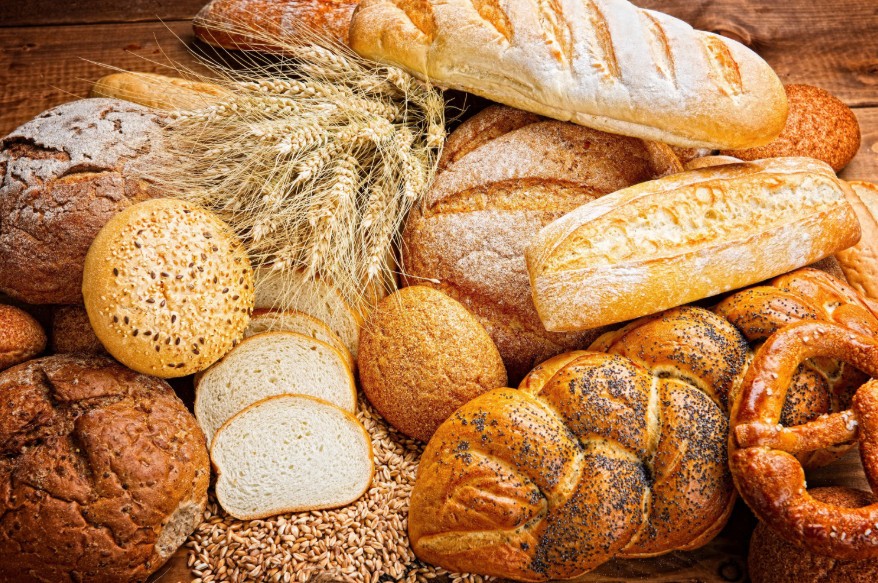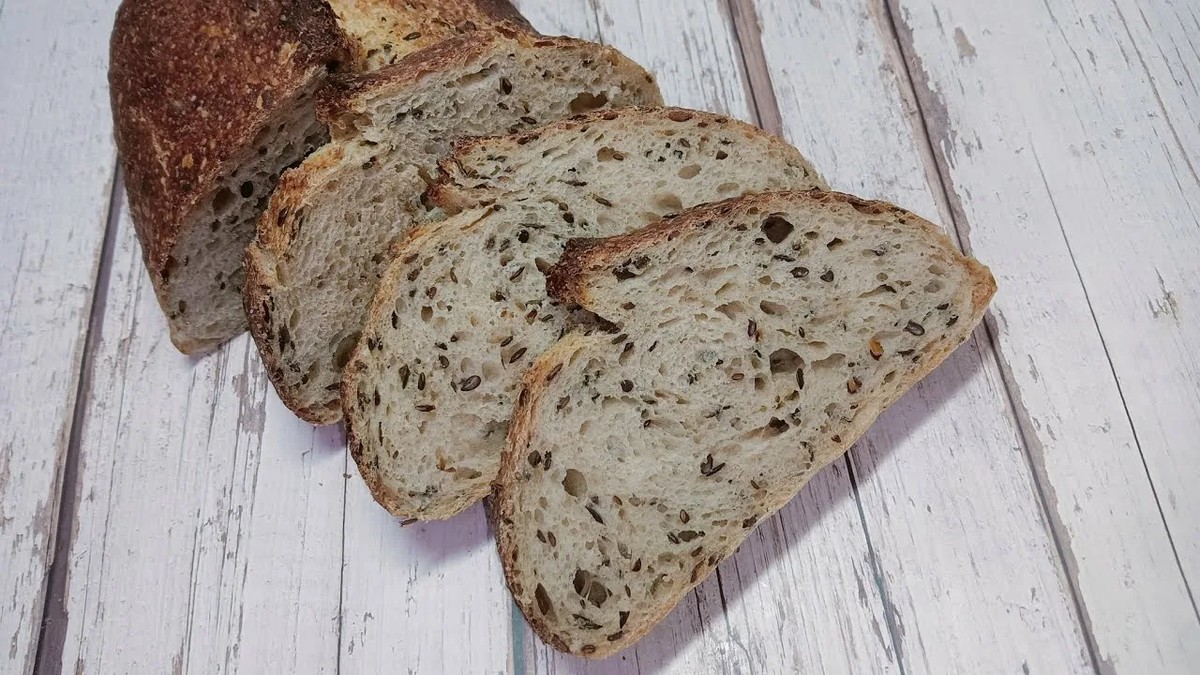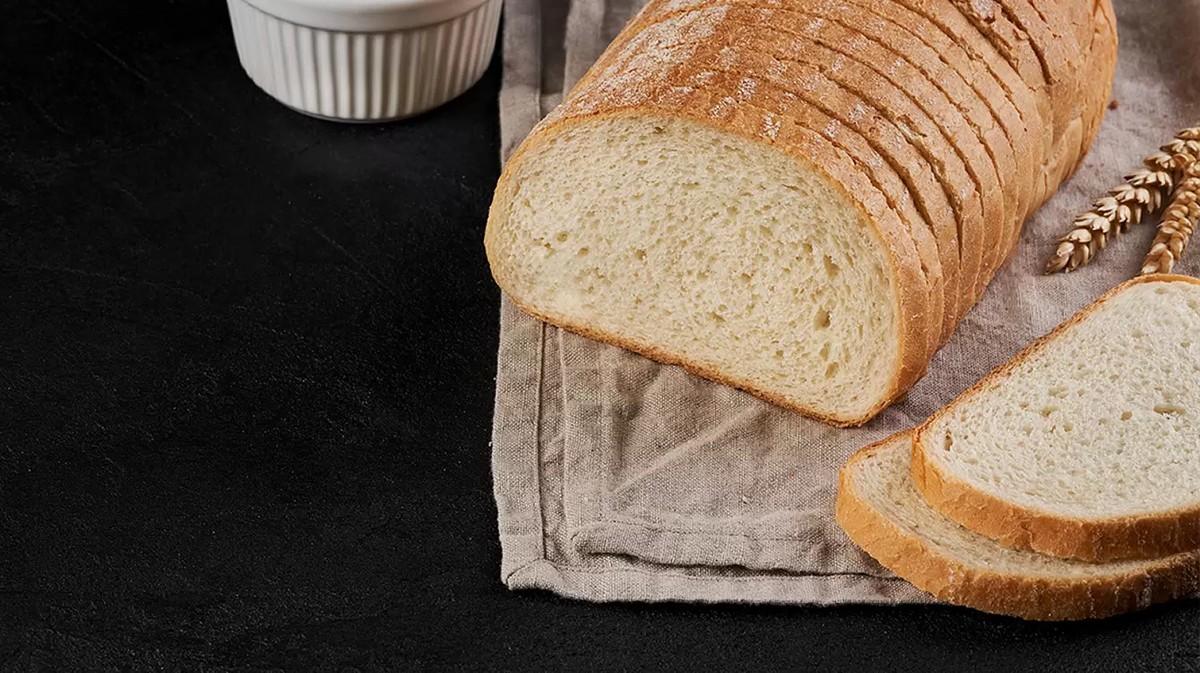Stop Poisoning Your Body with the Worst Bread in the Store
Sometimes the biggest changes begin with something that, at first glance, seems funny. Some people quit smoking, some stop drinking soda, and some... simply stop buying harmful bread. When you notice that after lunch you feel as if you’ve been “switched off”—you might think it’s age, stress, or lack of sleep. But sometimes the reason is more banal. And more painful: it sits right on the shelf in the bread aisle. Today in this article you will learn which bread not to eat, and which you can. It all started with a simple observation. One woman told me she began noticing that after meals she was overwhelmed with laziness, to the point where she wanted to lie down on the chair, like a cat after a bowl of cream. For a long time she thought this was normal. Fatigue, work, household duties—everything seemed logical. But as she began recording in a food diary exactly what she ate, the picture suddenly formed. Day after day, the observations: tea, vegetables, porridge—fine. Soup and a couple slices of white bread—and hello, couch. Yes, that very loaf—sliced, soft, with the smell of childhood and breakfasts with butter and cheese. The paradox is that for many people this bread is the start of chronic fatigue, bloating, and the fog in the head that we call “I’m tired.” Two weeks without cheap loaf—and it’s like someone pressed “refresh.” On the third day the bloating disappeared; after a week the drowsiness faded; after two weeks it became easier to get up in the morning. A sense of cleanliness inside appeared, as if the noise that prevented the body from functioning had been removed. It would seem trivial—just stop eating the loaf. But the effect was too obvious to ignore. What is really hiding in the cheap loaf?

In This Article:
What the Cheap Loaf Really Has Inside
Have you ever wondered how a loaf can be sold for 50 rubles and still turn a profit? Or why this bread doesn’t go stale for a week, while real homemade bread stiffens after a day? The answer is simple, and there is little romance in it. Everything that makes bread tasty and cheap at the same time makes it harmful. 1. Yeast bomb In the dough they add mountains of fast-acting yeast so that it rises in minutes. This is convenient and profitable—but utterly unnatural. And there you have the heaviness in the belly after a couple of sandwiches. 2. Useless white powder instead of flour What we call “premium wheat flour” is flour without soul. The bran and germ, where vitamins, fiber, and minerals are stored, are removed. All that remains is starch, which quickly turns into sugar. Roughly speaking, this isn’t bread, but a sweet powder kneaded with water and yeast. 3. Margarine and trans fats Why is the loaf so soft, like a pillow? Because it contains margarine. The very margarine that in Soviet films was used to fry everything—and then people wondered where vascular problems came from. Trans fats aren’t just “harmful.” They are substances that slowly, but surely, destroy cells, raise cholesterol, and age the body from within. 4. Chemical cocktail of additives Open the package and read the ingredients: emulsifiers, stabilizers, enhancers, preservatives. It seems like you’re reading cosmetics rather than bread. What happens in the body after a bite of white bread?

White Bread Triggers Sugar Swings and Crashes
Imagine an American roller coaster. First a sharp rise—the sugar in your blood surges to the skies. Then a sudden drop, and the brain panics: “More!” These are the very “sugar swings” that drive a constant craving for snacks. White bread is a deceiver: it seems to fill you up, but an hour later you’re reaching for something else. Not out of gluttony or weak will—it’s chemistry.

Marketing Tricks of the Bread Industry
Marketing labels abound: “With bran,” “For healthy digestion,” “Fortified with vitamins.” Familiar phrases that promise health but don’t always deliver. Sometimes a beautiful package is enough to make us feel almost correct. But this is all word games. Myt h about vitamins: They add synthetic vitamins that aren’t absorbed. It’s like pouring vitamins into a pastry and declaring it healthy. Bran myth: 2% bran on the ingredient list—and that’s claimed as “whole grain.” Real benefits are often as thin as a drop of honey in a barrel of water. “No-yeast” myth: Often, instead of yeast, leavening agents and baking soda are used. It’s the same reaction, only chemical.

What Bread Is Really Worth Eating
The real whole-grain bread: It is denser, heavier, and more filling. One slice of such bread, in terms of nutrition, equals three slices of white. Remember this rule: the darker and denser the bread, the longer it will keep you full. Sourdough bread: This is a completely different world of flavor. It has an aroma with a hint of sourness, a thick crust, and live dough. Fermentation lasts a day, and during this time gluten breaks down into safe forms. Sourdough is like a symphony of bacteria and time. The body feels it. After it there is no heaviness, no bloating—only a calm, clean sense of fullness. Homemade bread with kefir: This is an option that’s easy to make and suitable even for those who fear yeast. No fermentation in the intestines, a gentle tang, and almost therapeutic aroma. The “magic” lifehack with croutons: If you still have white bread, don’t throw it away. Toast it. As it toasts, the starch partially becomes “resistant”—the kind that works as a prebiotic. So a regular toast becomes less of an enemy and almost an ally.

Five Rules for Choosing Bread in the Store
Is it worth overpaying for good bread? Yes, quality bread costs more. But if you do the math, it comes out roughly the same. With white loaf you’ll eat half a loaf; with whole-grain loaf you’ll get two slices. And if you think about how much it costs to treat gastritis or visit a gastroenterologist, investing in food rather than medicine is more economical in the long run. Paradoxically, in our days bread has become a litmus test of mindfulness. The bread you choose reflects your attitude toward your body. Sometimes the path to health begins not with a first-aid kit but with what you stop putting in your basket. Five practical rules distilled from the discussion: 1) Choose real whole-grain bread. It’s denser and more filling; one slice can equal three white slices in nutrition. 2) The darker and denser the bread, the longer it will satisfy you. 3) Prefer sourdough with longer fermentation; gluten breaks down into safer forms. 4) If you must eat white bread, toast it to increase resistant starch and use crouton tricks to make it less of a villain. 5) Read the ingredient list and beware of marketing: emulsifiers, stabilizers, enhancers, and preservatives; synthetic vitamins that aren’t absorbed aren’t a substitute for real nutrition.

Is It Worth Paying More for Good Bread
Yes, quality bread costs more. But if you do the math, it often comes out roughly the same. With white bread you eat half a loaf; with whole-grain bread you get two slices. And remember how much it costs to treat gastritis or to visit a gastroenterologist—investing in food instead of medicines makes more sense in the long run. Paradoxically, bread has become the litmus test of mindfulness. The choice you make reveals your attitude toward your body. Sometimes the path to health begins not with a medical kit but with what you stop putting in your cart. What would you add? Share your thoughts in the comments. Friends, a huge thank you to those who support the channel with donations. This is not just support; it is a sign that you enjoy the channel. It gives the creators energy to produce even more useful, interesting, and high-quality content for you. If you enjoyed this, please like the video and subscribe—there’s a lot of useful content here.

